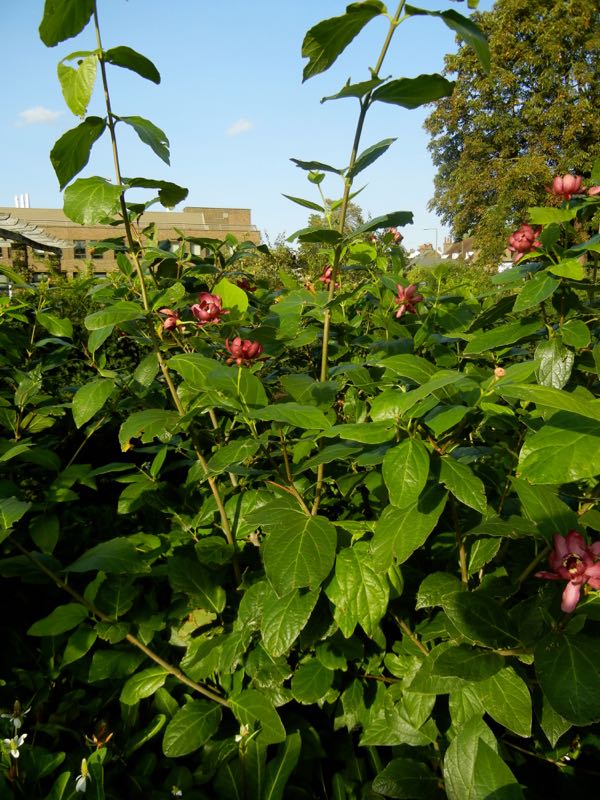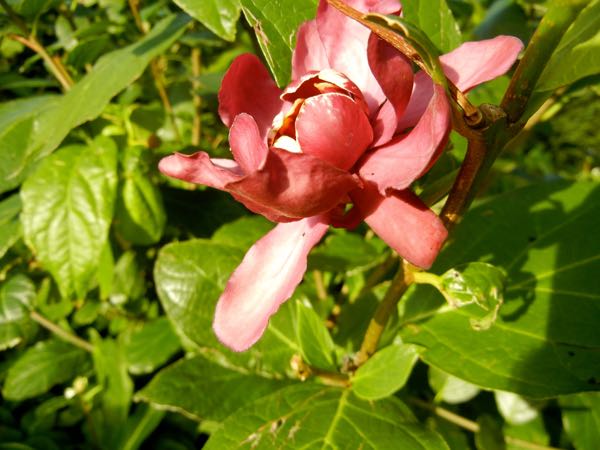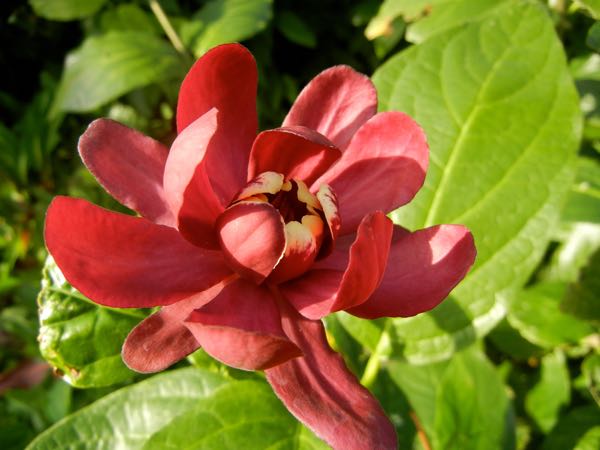Calycanthus ‘Aphrodite’: A Fragrant Beauty with Rich History
Calycanthus ‘Aphrodite’, also known as Sweetshrub ‘Aphrodite’, belongs to the Calycanthaceae family of plants. This deciduous shrub is native to North America and is characterized by its multi-stemmed growth, reaching a height of approximately 3m or 10ft. Celebrated for its glossy green foliage, captivating flowers, and intoxicating fragrance, Calycanthus ‘Aphrodite’ is a cherished addition to gardens and landscapes.
Discovery and History:
Calycanthus ‘Aphrodite’ was discovered by Mark Catesby (1683-1749), an English naturalist renowned for his studies of North American flora. Subsequently, the English botanist Peter Collinson (1694-1768) described the plant to Carl Linnaeus, the Swedish botanist, and father of modern taxonomy.
Characteristics:
The oblong, glossy green leaves of Calycanthus ‘Aphrodite’ provide an attractive backdrop for its show-stopping flowers. During late spring and summer, this shrub produces burgundy or deep red blossoms with a diameter of approximately 10cm or 4in. The resemblance of the flowers to those of Magnolias, a distant cousin, adds to their allure. Not only are the flowers visually striking, but they also emit a delightful fragrance, reminiscent of a sweet and spicy blend. Interestingly, both the leaves and flowers of Calycanthus ‘Aphrodite’ contribute to this aromatic symphony. Furthermore, when the bark is gently scratched, it releases a strong camphor scent, adding another sensory dimension to this remarkable plant.
Cultivating Calycanthus ‘Aphrodite’:
To successfully cultivate Calycanthus ‘Aphrodite’, consider the following guidelines:
Light and Soil Requirements: Plant Calycanthus ‘Aphrodite’ in a location that receives full sun or partial shade. It thrives in moderately fertile, moist, and well-drained soil. Providing shelter from cold temperatures and strong winds will help protect the plant and ensure its optimal growth.
Propagation and Maintenance: Propagate Calycanthus ‘Aphrodite’ through cuttings, particularly softwood cuttings taken in spring or summer. This shrub is relatively low-maintenance, as it is disease-free and generally trouble-free.
Historical and Cultural Significance: Calycanthus has played a significant role in the lives of Native Americans, who valued its various uses. They incorporated the plant into traditional medicine, employed its bark and stems for basket weaving, and even utilized it in crafting arrows. Additionally, the flowers of Calycanthus ‘Aphrodite’ are distilled to extract Calycanthus oil, which is highly prized in perfumery for its unique fragrance.
Embrace the captivating beauty and rich history of Calycanthus ‘Aphrodite’ in your garden or landscape. Its striking flowers, aromatic foliage, and cultural significance make it a truly special plant that will enchant both your senses and the stories it carries.






